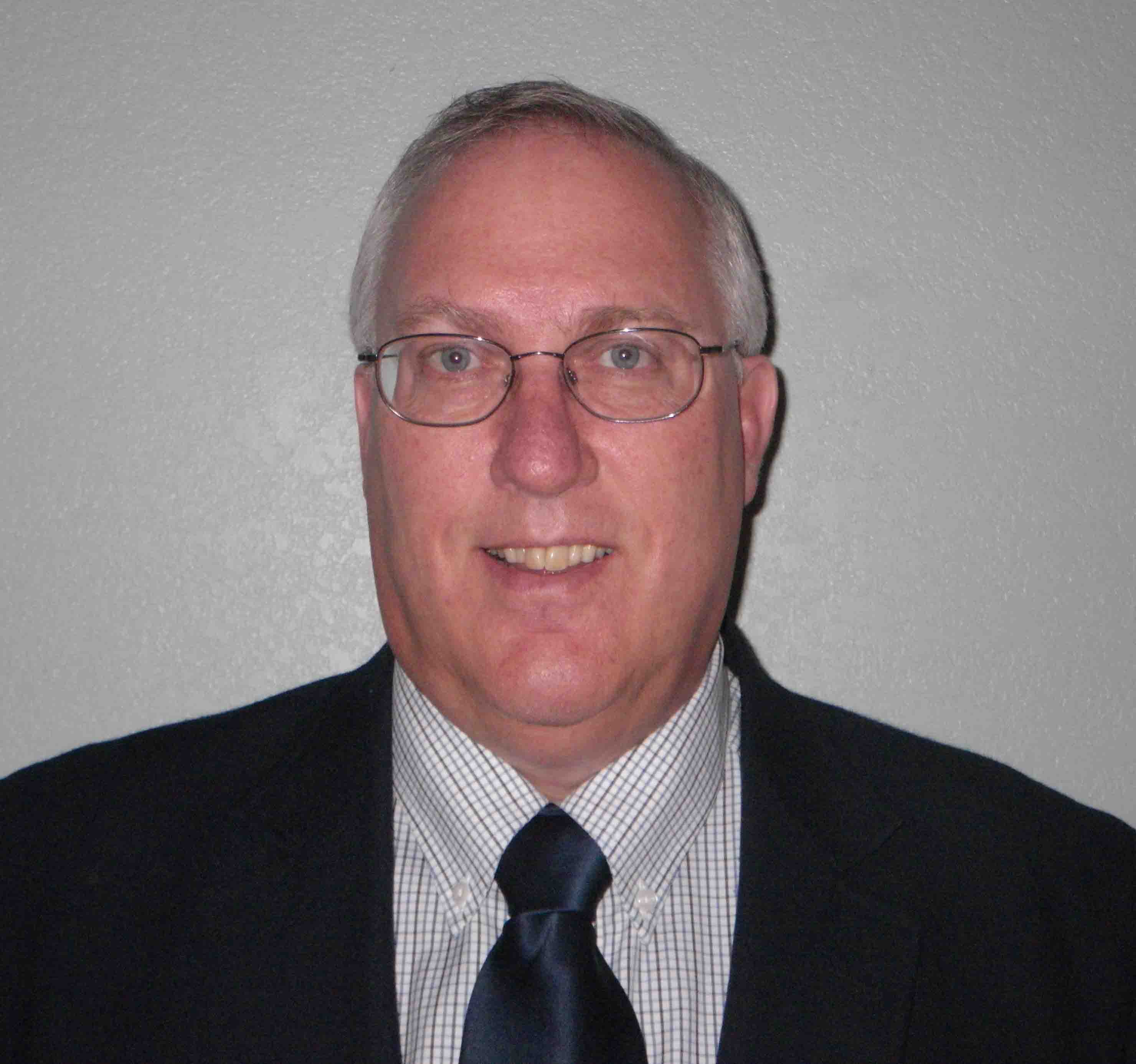Webinar Series
Thursday, June 1st
9:00am – 10:00am US Central Time
Complications in Dipole Sonic Waveform Analysis and Interpretation:Resolution and Insight to Help Downstream Users
 Tom Bratton is a consultant to the oil and gas industry specializing in geoscience applications for engineering operations. After retiring from a 36-year career with Schlumberger, he was a Visiting Professor and Research Associate in the Petroleum Engineering Department at Colorado School of Mines (CSM). While at CSM, he enrolled as a graduate student and earned his PhD in Geophysics. Before starting his consulting business, Tom was a scientific advisor to Schlumberger’s senior management, specializing in petrophysics, geophysics, and geomechanics with a broad base of experience in drilling, completion, and reservoir engineering. Tom is a full member of the Society of Petroleum Engineers (SPE), Society of Petrophysicists and Well Log Analysts (SPWLA), Society of Exploration Geophysicists (SEG), European Association of Geoscientists and Engineers (EAGE), and the American Rock Mechanics Association (ARMA).
Tom Bratton is a consultant to the oil and gas industry specializing in geoscience applications for engineering operations. After retiring from a 36-year career with Schlumberger, he was a Visiting Professor and Research Associate in the Petroleum Engineering Department at Colorado School of Mines (CSM). While at CSM, he enrolled as a graduate student and earned his PhD in Geophysics. Before starting his consulting business, Tom was a scientific advisor to Schlumberger’s senior management, specializing in petrophysics, geophysics, and geomechanics with a broad base of experience in drilling, completion, and reservoir engineering. Tom is a full member of the Society of Petroleum Engineers (SPE), Society of Petrophysicists and Well Log Analysts (SPWLA), Society of Exploration Geophysicists (SEG), European Association of Geoscientists and Engineers (EAGE), and the American Rock Mechanics Association (ARMA).
ABSTRACT:
Geoscience teams bring together multiscale and multidisciplinary data to solve complex multivariate problems, a process we call integration. Several geoscience disciplines, such as seismic geophysics, borehole geology, petrophysics, rock physics, and geomechanics, require accurate dipole sonic results for integration. But accuracy is dependent on the difficulties encountered in each data set. The borehole geophysicist must communicate these complications to the downstream users to integrate the dipole sonic data into an accurate multidisciplinary result.
Dipole sonic data is adversely affected by three categories of complications, tool-related, environment-related, and interpretation-related. Tool-related complications include unbalanced and miswired transducers. Environment-related complications include enlarged and noncircular boreholes, mud properties that vary with depth, and irregular tool motion. Interpretation-related complications include dispersive waveforms, anisotropy, invasion, formation alteration, acoustic sensitivity to stress, relative dip, and thin beds.
This presentation concentrates on common complications in dipole sonic data and results. I will suggest new diagnostic plots to assess the data and differentiate depths where the data is good from depths where the data or interpretation are compromised. This context is critical for downstream users to integrate this vital data into the geoscience model.
**IMPORTANT Required Action to COMPLETE Webinar Registration:**
- Complete checkout with SPWLA registration page (Fees: FREE to current members and Non-Members are $25.00)
- Please Register for Webinar - LINK IN EMAIL FROM [email protected]